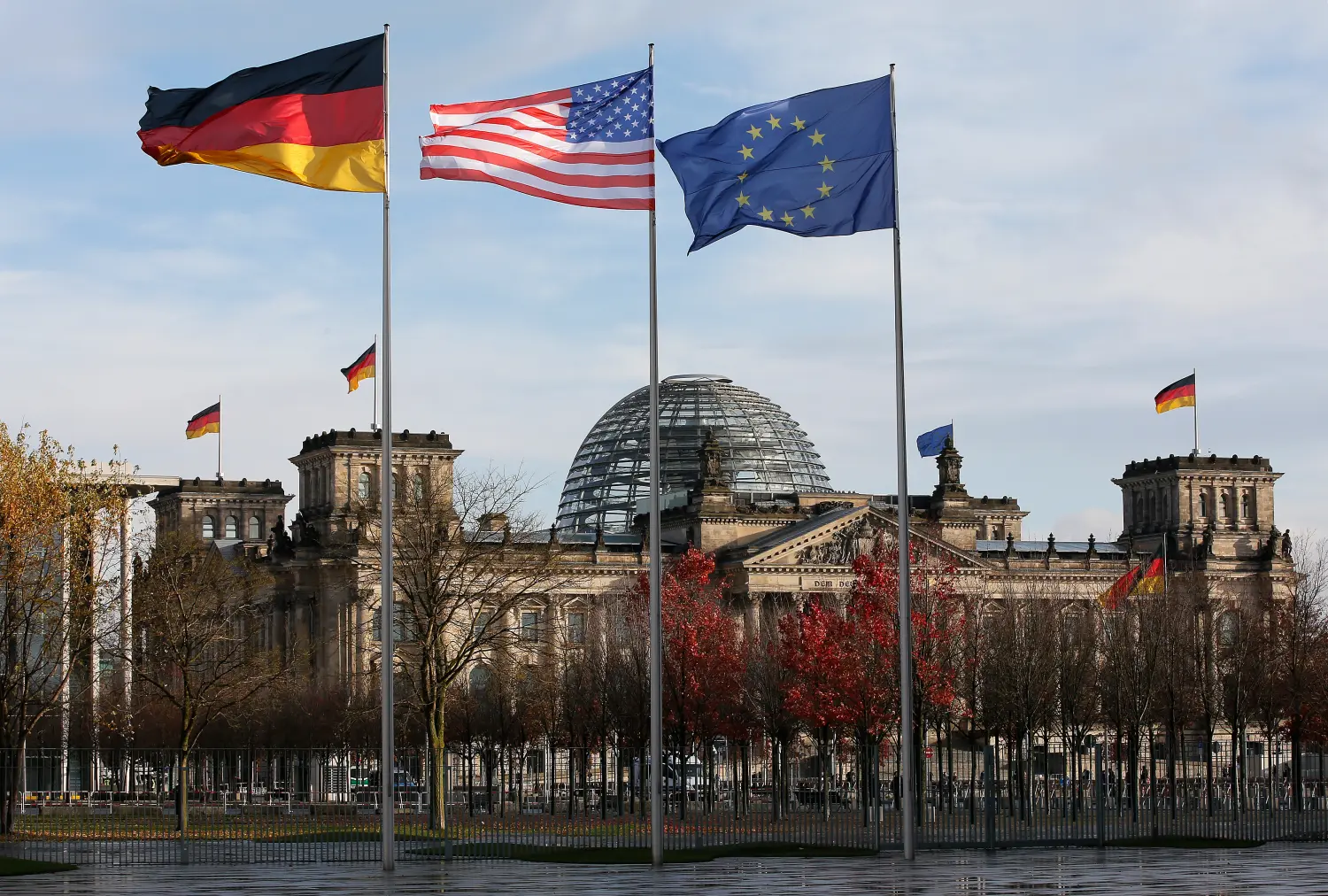Introduction: In December 2009, under the shadow of the first homegrown Islam-inspired terrorist attack to take place on U.S. soil, the Brookings Institution convened “The Transatlantic Dialogue on Terrorism.” The November 5th Fort Hood shooting spree by a U.S. Army Major and psychiatrist and other recent arrests of would be U.S. militants threw a spotlight on the reality of a two-way threat posed by violent radicals in both the U.S. and Europe. Two months earlier, a US citizen was charged with targeting the Copenhagen headquarters of Jyllands Posten, the Danish newspaper that published the Prophet Mohammed cartoons in 2005.1 These events forced a rethinking of the prevailing wisdom that characterized earlier transatlantic counter-terrorism cooperation where U.S.-EU cooperation was organized principally against an inbound threat from Europe to the United States.
Until last year, U.S. observers worried about homegrown terrorism largely by proxy, in foreign contexts: violent radicalization in the West appeared to be a mostly European phenomenon. The U.S. policy debate about Muslim extremism, meanwhile, focused on the ramifications for the visa waiver program and the exchange of passenger records with European governments and airlines. American commentators regularly accused Europeans of virtually fuelling radicalization by mishandling immigrant integration, and were baffled by Europeans’ debates about headscarves and Leitkultur (“guiding culture”) that characterized their fitful attempts to redefine their national communities.
The Brookings Institution is committed to quality, independence, and impact.
We are supported by a diverse array of funders. In line with our values and policies, each Brookings publication represents the sole views of its author(s).




